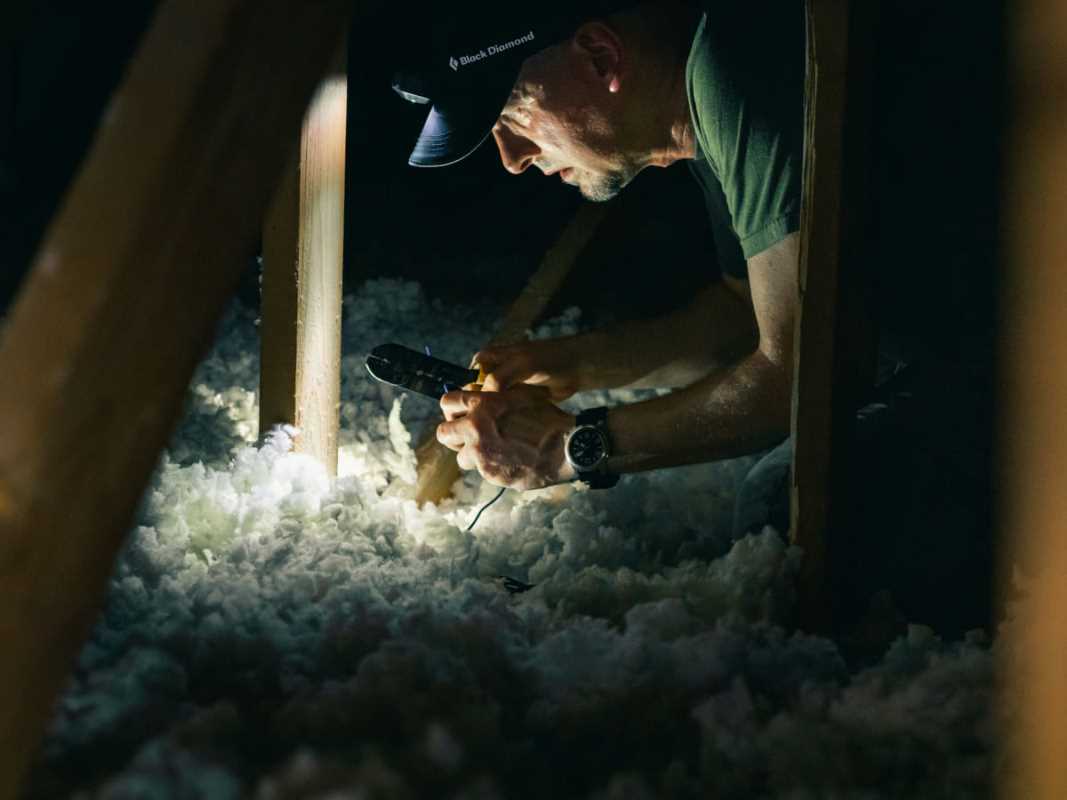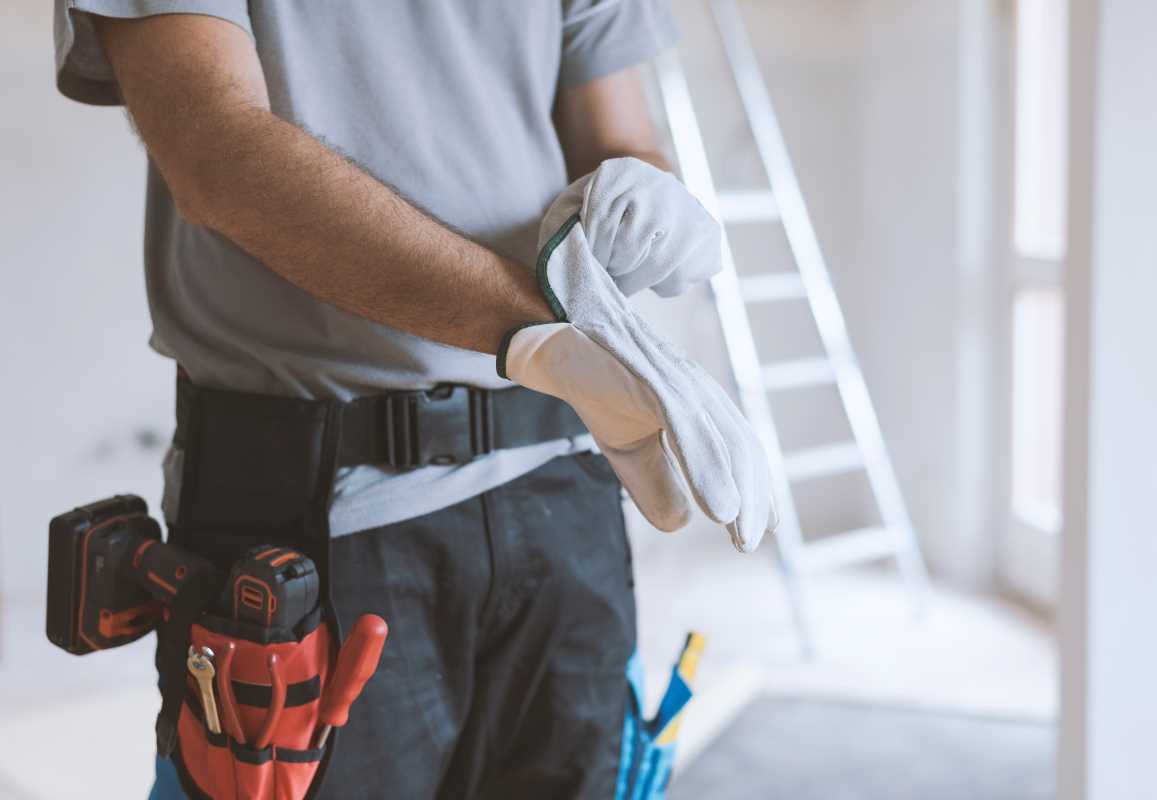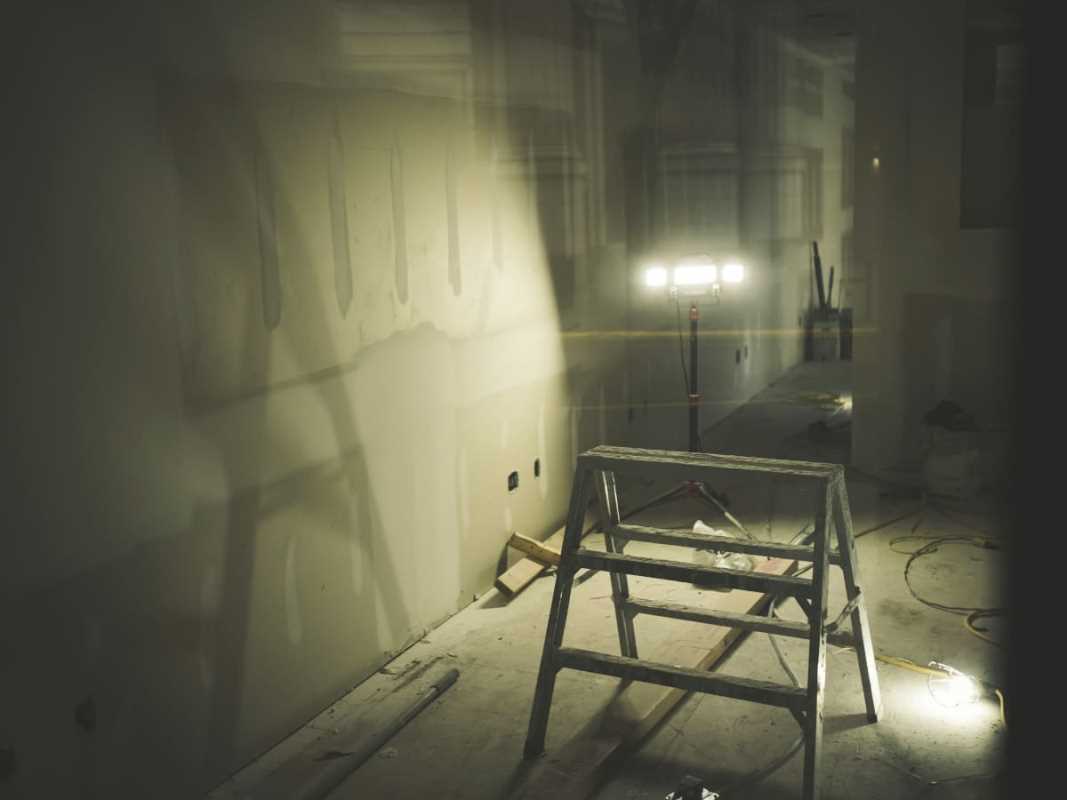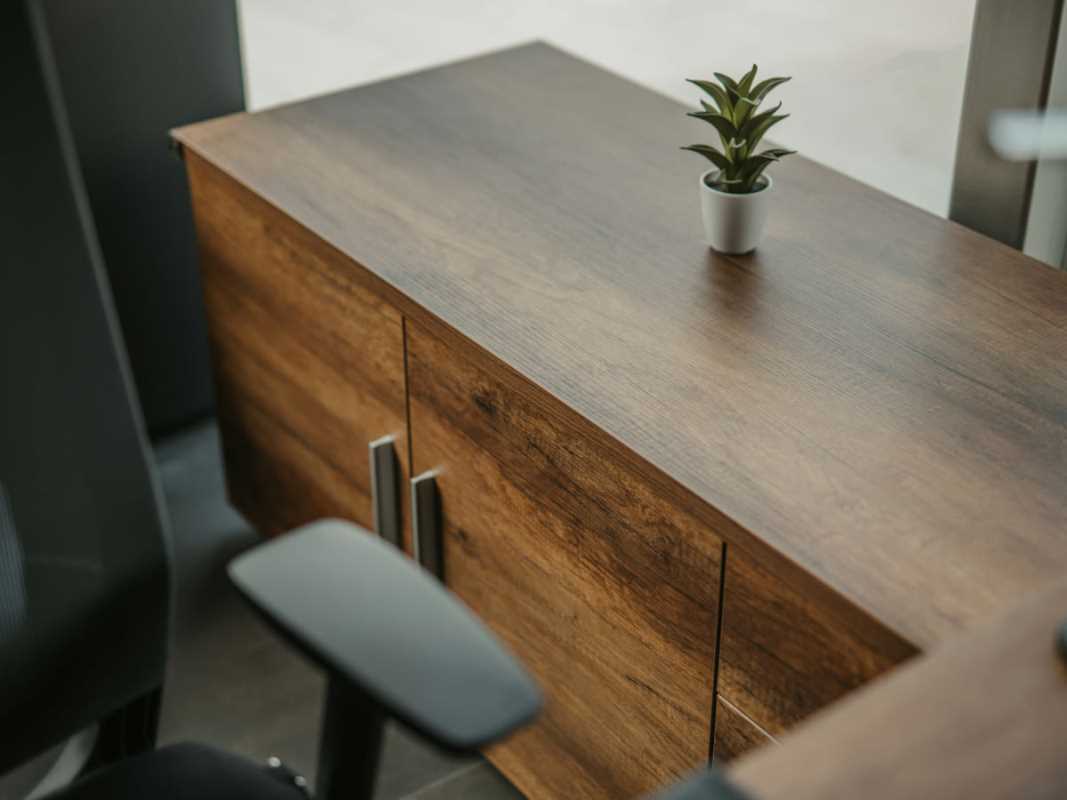Plumbing problems are some of the most common nuisances at home. Whether it’s a leaky faucet, a clogged drain, or a troublesome toilet, these issues can disrupt your day and test your patience. The silver lining? You can handle many of these problems on your own without a pricey call to a plumber. Here’s a handy guide to help you fix these issues, save some cash, and maybe even enjoy the process a little.
Troubleshooting The Fussy Faucet
Few things are as maddening as a dripping faucet. That relentless sound not only grates on your nerves but also adds unnecessary dollars to your water bill. Thankfully, fixing this is one of the easiest plumbing repairs out there.
Start by figuring out the type of faucet you have. Most faucets are one of four types: compression, ball, ceramic disk, or cartridge. Each type has slightly different parts, but the most common culprit behind leaks is a worn-out washer or O-ring.
First, shut off the water supply. (Trust me, you don’t want a mini-flood in your house.) Next, plug the sink to prevent any tiny pieces from escaping into the drain. Disassemble the faucet, replace the damaged part, and reassemble it. It’s as simple as piecing together a puzzle.
For a smoother experience, keep some basic plumbing tools handy, including washers, Teflon tape, and a wrench. That way, you’re always prepared for late-night leaks or DIY inspiration.
Conquering A Clogged Drain
Dealing with a clogged drain is an unpleasant but inevitable task for most homeowners. Whether it’s a slow-draining sink or a bathtub that’s turning into a swimming pool for your ankles, a blockage can be a major disruptor. The good news? Clearing it out isn’t rocket science.
Start out simple. A plunger often does the trick for minor clogs with a bit of elbow grease. If that fails, whip out the handy baking soda and vinegar combo. Pour half a cup of baking soda followed by half a cup of vinegar into the drain. After it fizzes like a fourth-grade science project, flush it with boiling water. Voila.
For the tougher, deep-seated clogs, it’s time to bring out the big guns. A plumber’s snake or a drain auger can break up debris like hair or soap scum lodged in your pipes. Sure, it might not be glamorous work, but it’s effective. And who knows? You may stumble upon the earring you lost two years ago.
To prevent future clogs, consider installing a drain cover to catch debris. Prevention costs peanuts—but repairs could cost your weekend and your sanity.
Fixing A Running Toilet
That constant sound of running water? It’s not just annoying anymore; it’s also expensive. But repairing a running toilet is a surprisingly straightforward task, no plumbing degree required.
At the heart of most running toilets is a flapper problem. The flapper is a small rubber piece that seals the tank water until you flush. Over time, it can wear out or bend, letting water sneak through when it shouldn’t.
Start by turning off the water supply to the toilet and flushing it to empty the tank. Then, remove the old flapper and head to the hardware store to buy an exact match. Once you’ve got the replacement, attach it to the chain, pop it in place, and turn the water back on.
If the toilet’s still running, the float or fill valve might be to blame. Thankfully, replacing these parts is just as DIY-friendly. It’ll not only save you money but also make you feel like the plumbing guru you secretly aspire to be.
Addressing Minor Pipe Leaks
Leaks in your pipes aren’t just inconvenient; they can quickly escalate into a big, expensive nightmare. But if you catch them early, minor pipe leaks are entirely manageable with a few simple tools.
When you spot a leak, turn off the water supply immediately. This will prevent more water from seeping out and creating a bigger mess. Then, thoroughly dry the affected area. Remember, any patching material you use won’t stick if the surface is wet.
For a quick temporary fix, wrap the leaky section with self-fusing silicone tape or apply plumber’s epoxy. Another option? Use a pipe clamp to tightly secure the damaged section. These are all effective mid-term solutions that can buy you time until you’re ready for a more permanent repair or a replacement.
Cold weather is especially tough on pipes, often causing them to freeze and crack. To avoid future leaks, insulate pipes in vulnerable areas and give them regular check-ups. A little care goes a long way toward keeping plumbing disasters at bay.
Essential tools for DIY plumbing:
- Plunger for quick clog fixes
- Adjustable wrench for tightening leaky fixtures
- Plumber’s snake to combat stubborn blockages
- Teflon tape for leak-proof seals on threaded pipes
- Silicone tape and epoxy for temporary leak repairs
- Drain covers to prevent buildup and debris
Replacing A Showerhead
A showerhead makeover isn’t just about upgrading aesthetics; it’s also about improving water pressure and efficiency. If yours is clogged with mineral deposits or simply outdated, replacing it is easier than you think.
To start, twist off the old showerhead. If it’s stubborn and won’t budge, apply some vinegar to the threads to dissolve any gunk. Still no luck? Grab an adjustable wrench and give it a little extra muscle. Just be careful not to strip the threads or damage the pipe.
Before screwing on the new showerhead, wrap the pipe threads with plumber’s tape to create a proper seal. Hand-tighten the replacement until it’s snug, then give it a final tweak with your wrench.
Once installed, turn on the water and check for leaks. If you spot any dripping at the connection, take it off, add another layer of tape, and retighten. Then, step back and admire your work. Your showers are about to feel luxurious again.
To keep your showerhead in great shape, clean it regularly with vinegar. Mineral buildup from hard water will be a thing of the past, and you can enjoy uninterrupted, blissful showers.
Many common plumbing issues aren’t nearly as intimidating as they first seem. With the right tools, a bit of guidance, and a pinch of courage, you can master these repairs and save yourself both time and money. Plus, who doesn’t love the smug satisfaction that comes with saying, “I fixed it myself”?
From pesky leaks to clogged drains, these DIY plumbing hacks are just what you need to win the battle against household hiccups.







